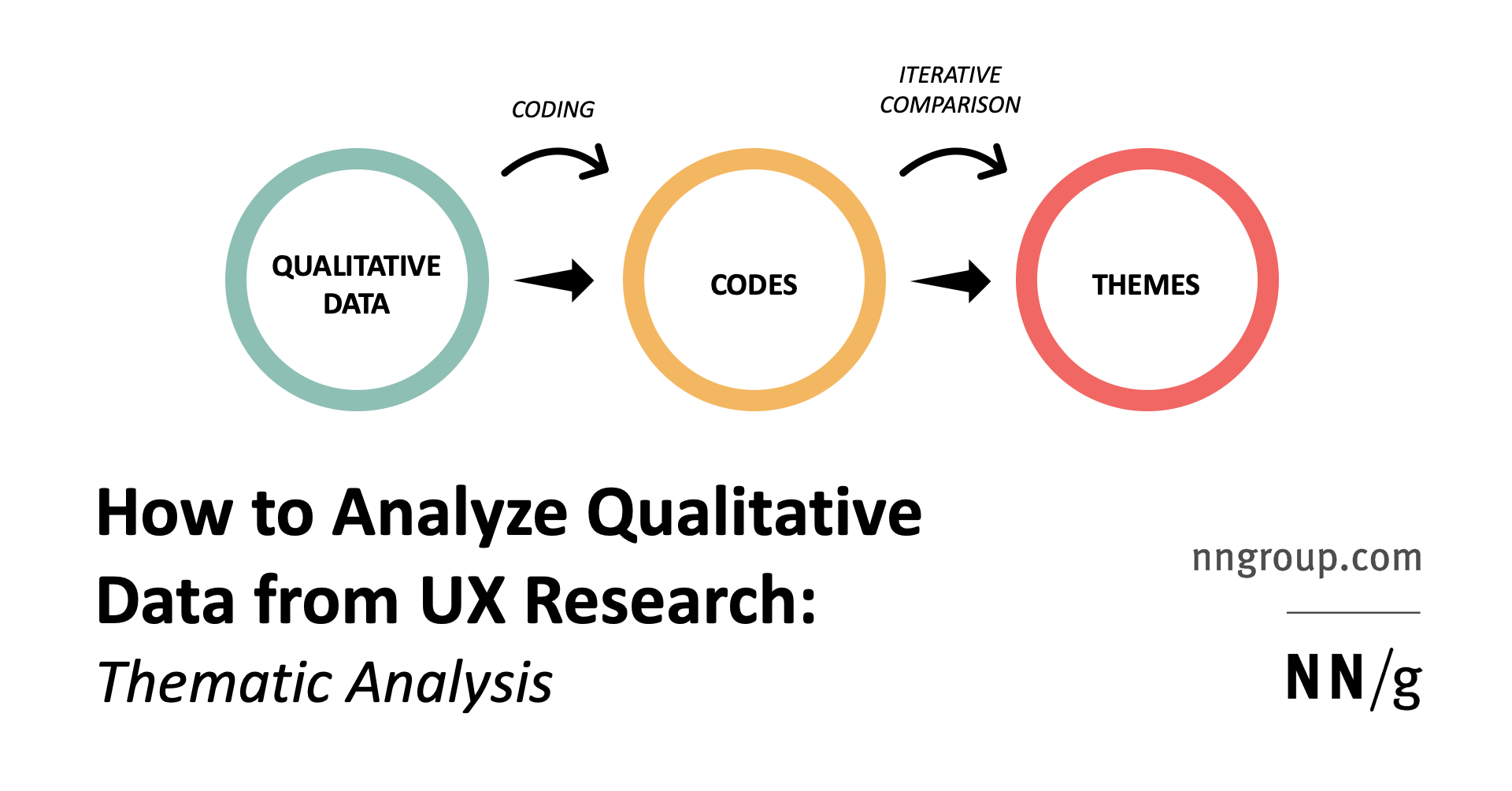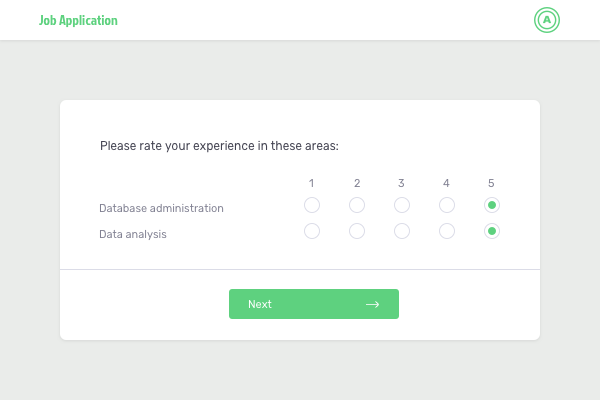

There has been lots of research done on how to improve a survey’s response rate. Though response rates vary, and researchers don’t always agree about what makes a good response rate, having three-quarters of your surveys returned would be considered good, even excellent, by most survey researchers. In this case, your response rate would be 75% (75 divided by 100). If you’re lucky, perhaps 75 or so will return completed questionnaires. It would be wonderful if all 100 returned completed questionnaires, but the chances of that happening are about zero. Let’s say your sample included 100 people and you sent questionnaires to each of those people.

The number of completed questionnaires you receive divided by the number of questionnaires you distributed is your response rate The percentage of completed questionnaires returned determined by dividing the number of completed questionnaires by the number originally distributed. Here we’ll describe just how that process works for survey researchers.Īs mentioned, the hope is that you will receive a good portion of the questionnaires you distributed back in a completed and readable format. The goal with data analysis is to be able to condense large amounts of information into usable and understandable chunks. Data are fun and can also be overwhelming. Hopefully you’ll even get more than a few back, and once you have a handful of completed questionnaires, your feelings may go from initial euphoria to dread. It can be very exciting to receive those first few completed surveys back from respondents. Here we’ll go over a few basics that can get you started as you begin to think about turning all those completed questionnaires into findings that you can share.įrom Completed Questionnaires to Analyzable Data In fact, if you’ve ever taken a statistics class, you already know much about how to analyze quantitative survey data. Entire textbooks could be (and have been) written entirely on data analysis. We won’t spend as much time on data analysis, or what to do with our data once we’ve designed a study and collected it, but I will spend some time in each of our data-collection chapters describing some important basics of data analysis that are unique to each method. This text is primarily focused on designing research, collecting data, and becoming a knowledgeable and responsible consumer of research.


 0 kommentar(er)
0 kommentar(er)
